
Hyundai launched the new-generation Creta in India a few weeks ago. One of the most prominent SUV in its segment, the old Creta proved to be a force to reckon with in the Indian market. Which means the new Creta has some pretty huge shoes to fill and claim back the throne which Hyundai recently lost to the Kia Seltos. The new Creta not only wears an entirely new design but also has a rejigged powertrain and a host of new features. So let us see what improvement the new Creta brings in compared to the outgoing model in detail.
Exterior and styling:

Simply put, the new Creta’s styling is very subjective. However, it is Hyundai’s global design philosophy and will take some time to grow on you. And once you look past it, the typical Korean styling mixed with a dash of European style might start to look coherent if not appealing. On the other hand, the older Creta, looked like a proper SUV thanks to its long bonnet and upright stance. And soldiering on with similar styling for many years, Hyundai managed to carve a sweet spot for the Indian buyers with its characteristic design. Hence accepting the new design might not be an easy task for many Indian car buyers.

Be it the large cascading grille, split-LED headlamp design or the slightly bulbous fascia, the new Creta is a revolutionary change coinciding with the generation update. At the back, which is the conspicuous topic of discussion, the split tail lamps and disagreeable looking posterior might surely take time to get used to. Mostly because the older Creta had a well-defined and curated tail section which was loved by many. In profile, the older Creta also looked more handsome, while the new one looks modern with its beefier wheel arches, floating C-pillar along with a silver insert and raked window line. Even the new alloy wheel design looks more upmarket and sporty. In the end, we think we’d eventually start getting used to the new Creta’s styling.
Interior and features:

The outgoing Creta’s no-fuss and simple yet practical cabin is replaced with a thoroughly modern and stylish interior with the generation change. What catches the attention are – the four-spoke stylish steering wheel, wide touchscreen infotainment system, tastefully laid-out centre console and the new part-digital instrument cluster.

The 10.25-inch touchscreen unit in the new Creta has been improved over the older seven-inch unit. Meanwhile, the air-con vents now sit on either side of the infotainment system unlike being placed atop the screen on the older one. In terms of features, carrying forward all the equipment from the outgoing model, the new Creta comes equipped with a panoramic sunroof, three-zone climate control, eight-way adjustable powered seats, electronic parking brake, more powerful wireless charging unit and the BlueLink connectivity features.
Powertrain:

In terms of engine options, the older Creta had a 1.6-litre petrol paired to a six-speed manual and a six-speed automatic gearbox, and a 1.4-litre diesel with a five-speed manual gearbox. Also on offer was a 1.6-litre diesel mated to both manual and automatic six-speed options. The new Creta, on the other hand, gets BS6 compliant petrol and diesel engine options. The standard petrol motor is a 1.5-litre producing 112bhp/144Nm and can be had with a CVT or a six-speed manual. And a more exciting petrol motor is a 1.4-litre Turbo GDi unit producing 138bhp/242Nm and is only being offered with a seven-speed DCT. The sole diesel on offer now is a 1.5-litre four-cylinder unit producing 113bhp/250Nm and can be had with a six-speed manual or a six-speed automatic.

Conclusion
The new Hyundai Creta continues to rival the likes of the Renault Duster and Captur, Mahindra Scorpio and the newcomers like the Kia Seltos, MG Hector, Tata Harrier and Nissan Kicks.

In terms of pricing, the new Creta has gotten slightly more expensive than the older model. It still carries a strong brand image in India and shouldn’t find it difficult to win hearts as the older Creta did.

![Hyundai Creta [2020-2023] Image Hyundai Creta [2020-2023] Image](https://imgd.aeplcdn.com/272x153/n/cw/ec/41564/hyundai-creta-right-front-three-quarter9.jpeg?q=80)
![Hyundai Creta [2018-2019] Image Hyundai Creta [2018-2019] Image](https://imgd.aeplcdn.com/272x153/cw/ec/34305/Hyundai-Creta-Exterior-127803.jpg?wm=0&q=80)
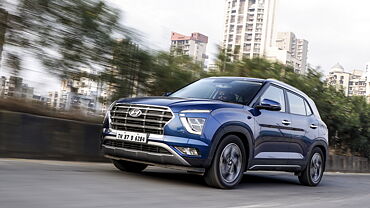
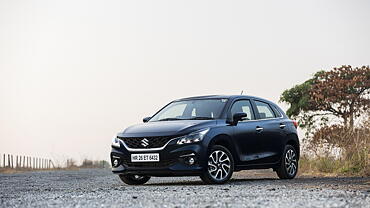
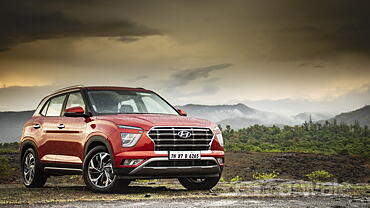





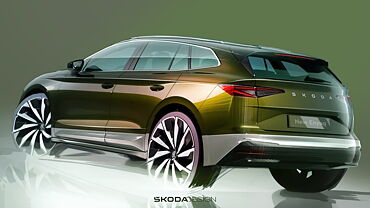


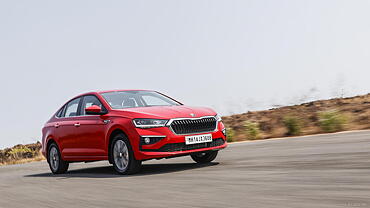



![Hyundai Creta [2020-2023] Right Front Three Quarter Hyundai Creta [2020-2023] Right Front Three Quarter](https://imgd.aeplcdn.com/199x112/n/cw/ec/41564/hyundai-creta-right-front-three-quarter9.jpeg?q=80)
![Hyundai Creta [2020-2023] Right Front Three Quarter Hyundai Creta [2020-2023] Right Front Three Quarter](https://imgd.aeplcdn.com/199x112/n/cw/ec/41564/creta-exterior-right-front-three-quarter-2.jpeg?q=80)
![Hyundai Creta [2020-2023] Right Side View Hyundai Creta [2020-2023] Right Side View](https://imgd.aeplcdn.com/199x112/n/cw/ec/41564/creta-exterior-right-side-view.jpeg?q=80)
![Hyundai Creta [2020-2023] Dashboard Hyundai Creta [2020-2023] Dashboard](https://imgd.aeplcdn.com/199x112/n/cw/ec/41564/creta-interior-dashboard.jpeg?q=80)
![Hyundai Creta [2020-2023] Steering Wheel Hyundai Creta [2020-2023] Steering Wheel](https://imgd.aeplcdn.com/468x263/n/cw/ec/41564/creta-interior-steering-wheel.jpeg?q=80)



























